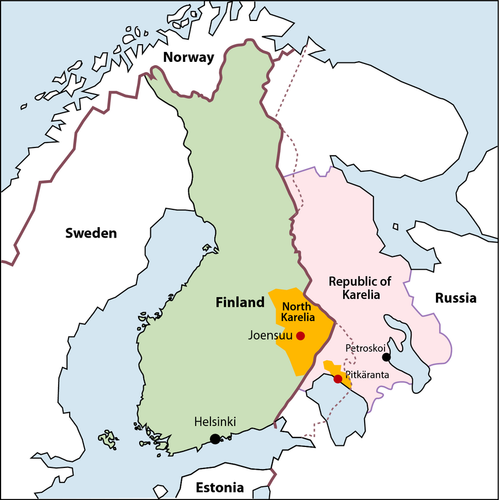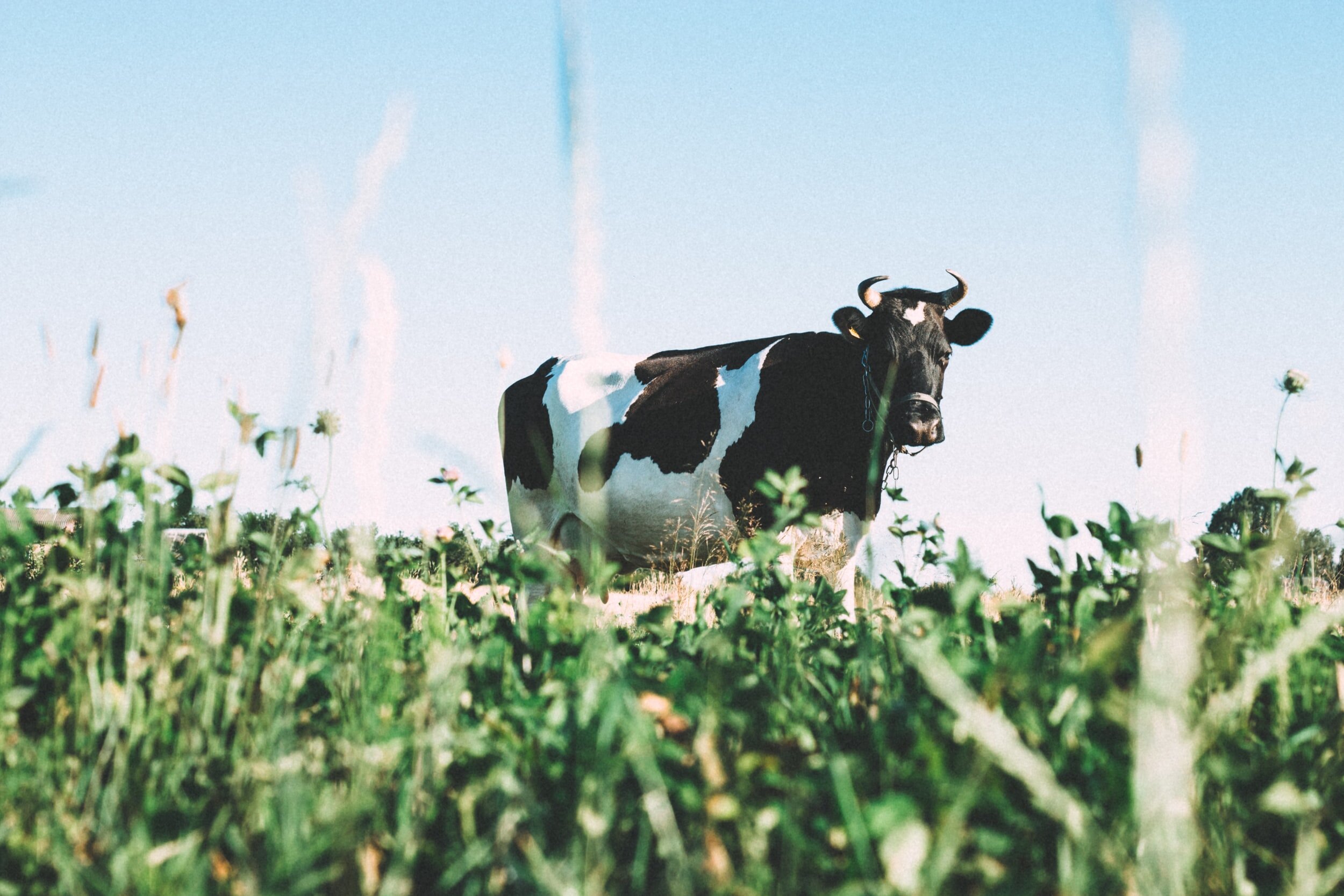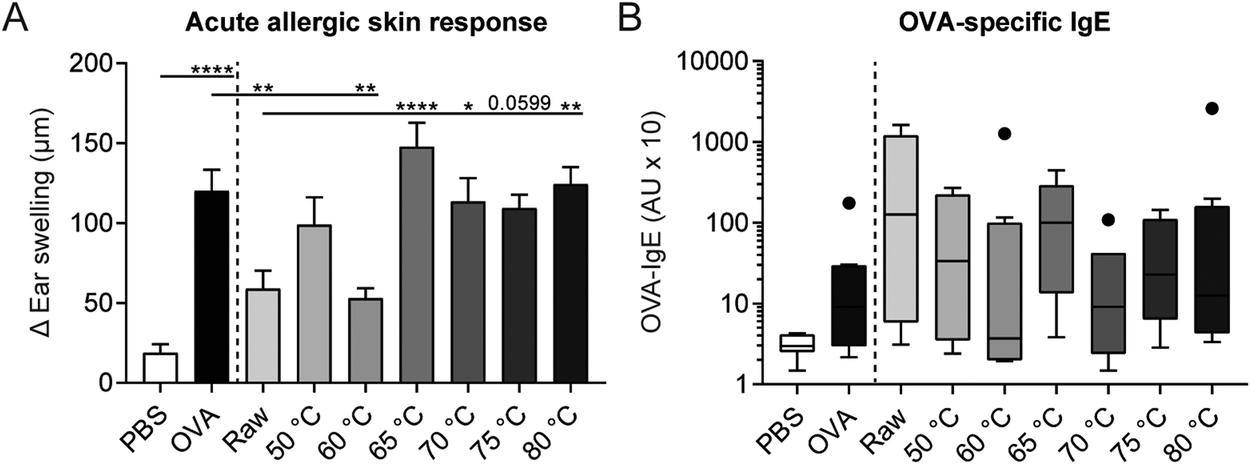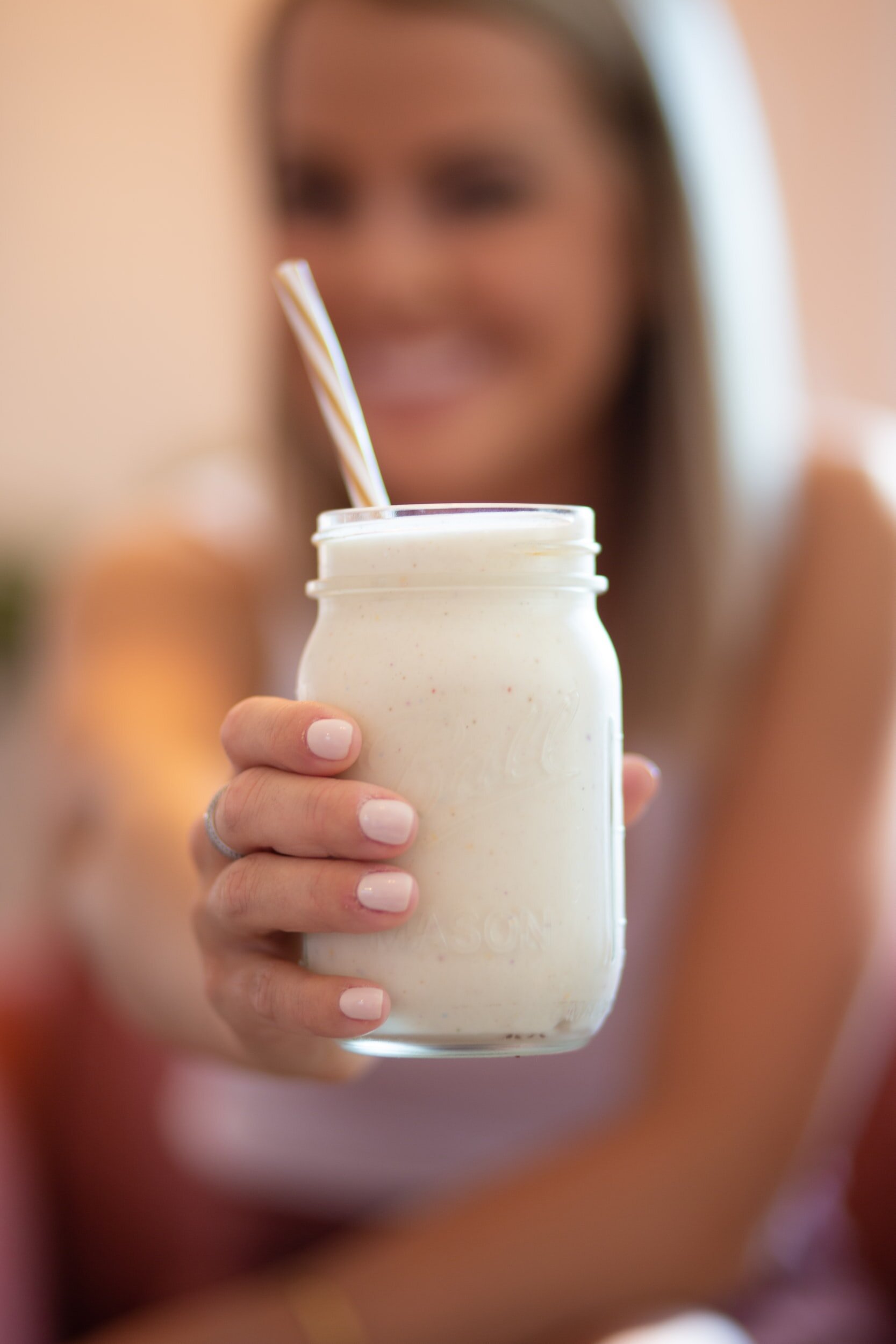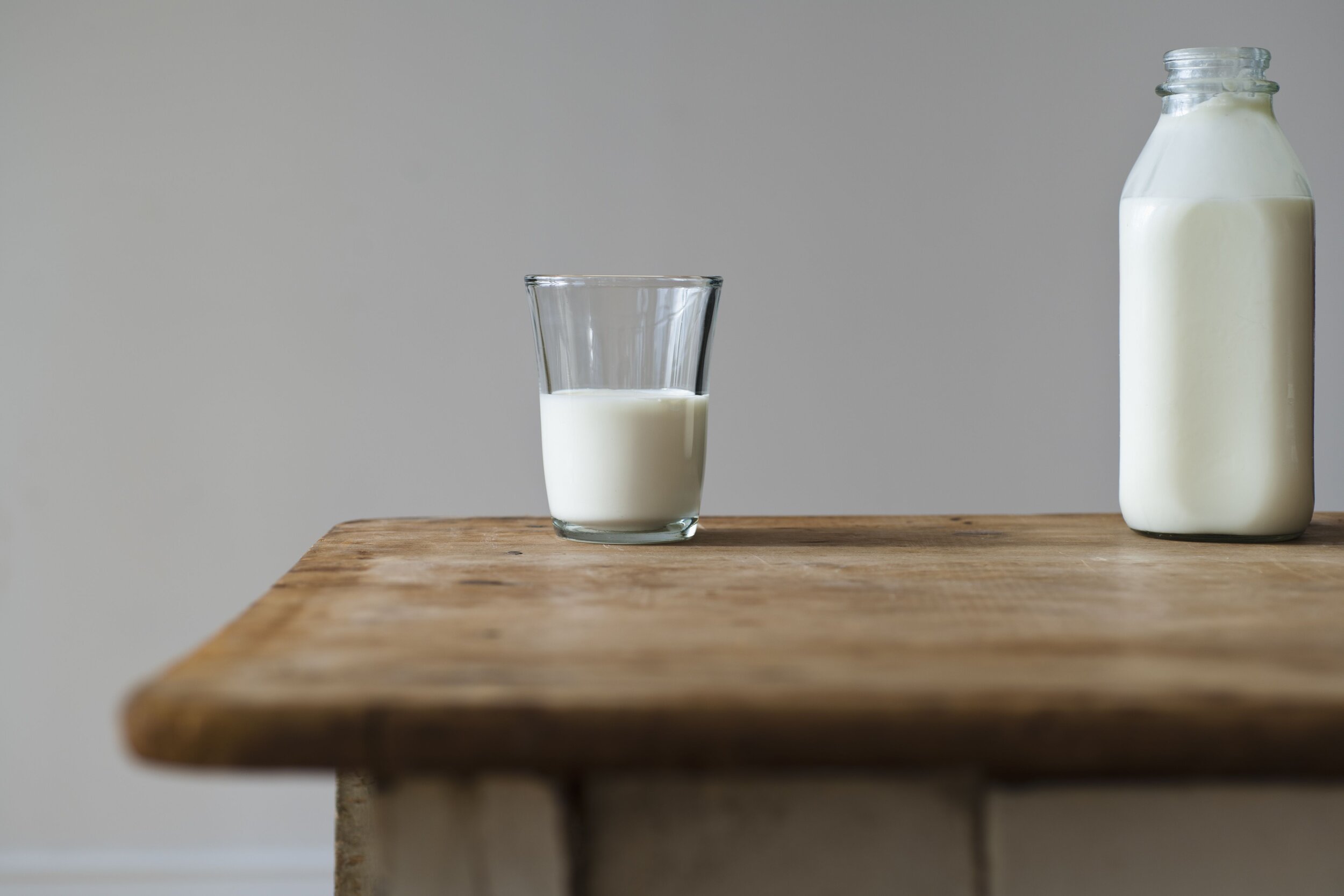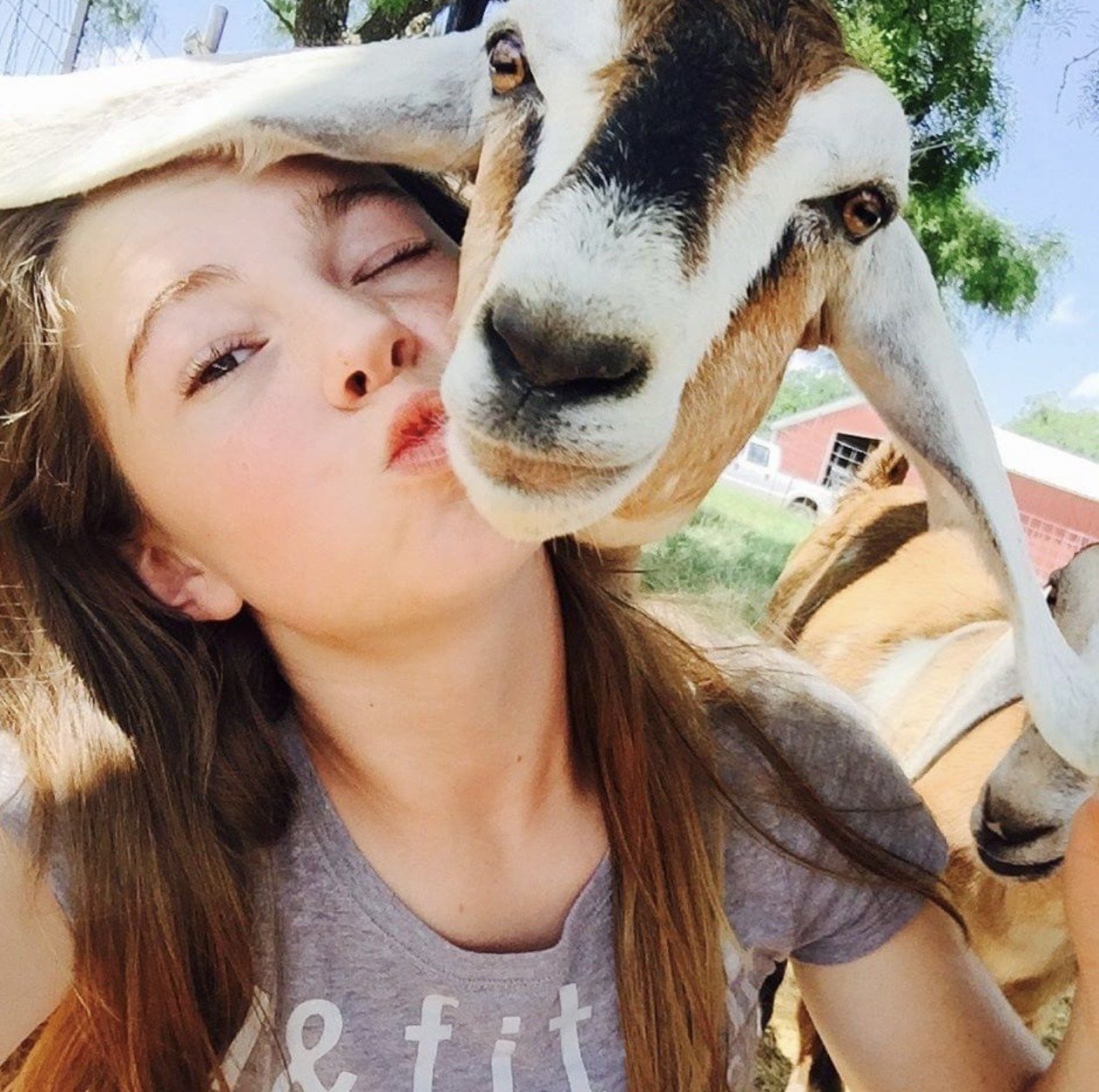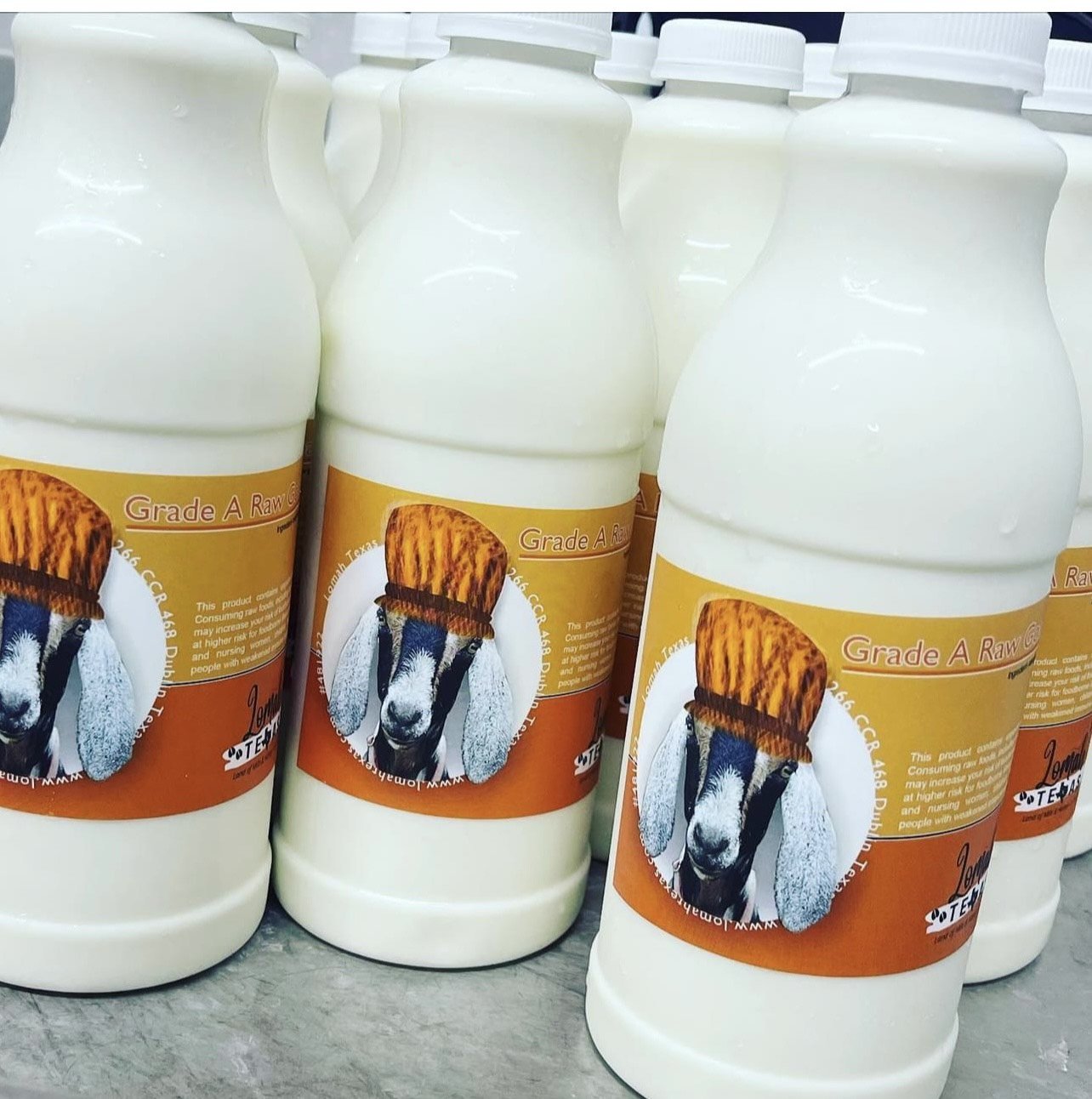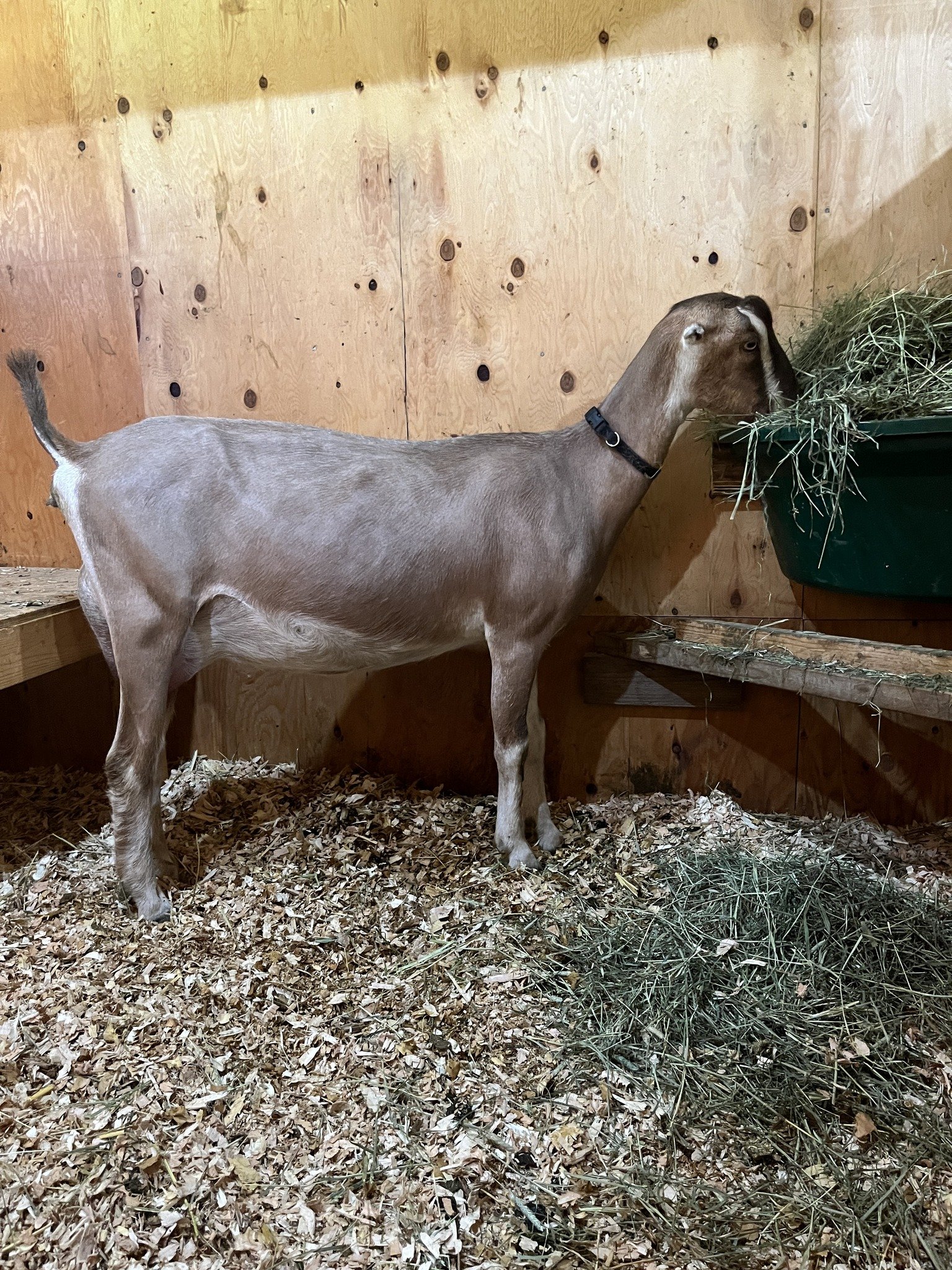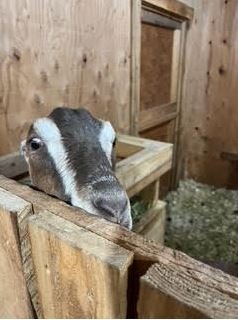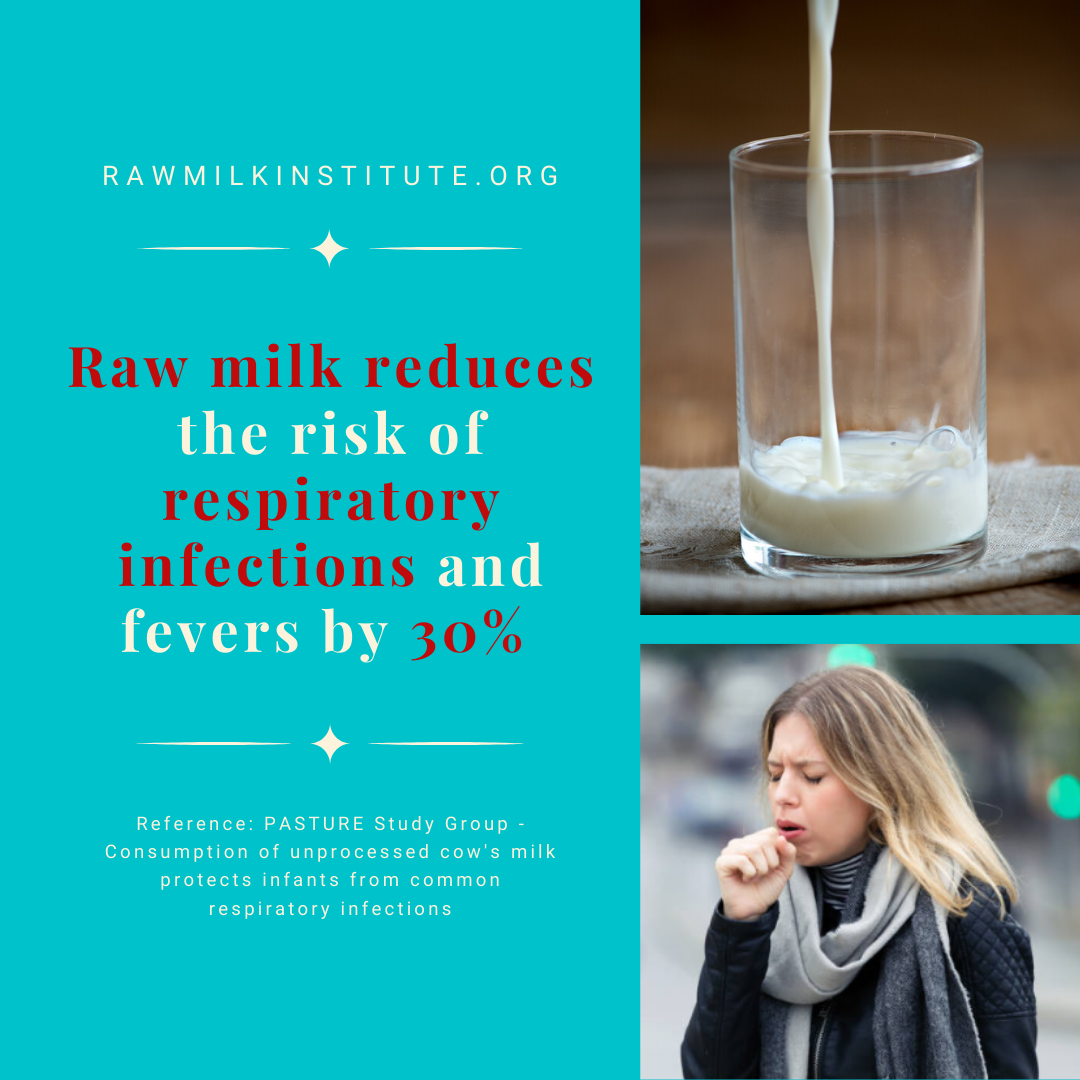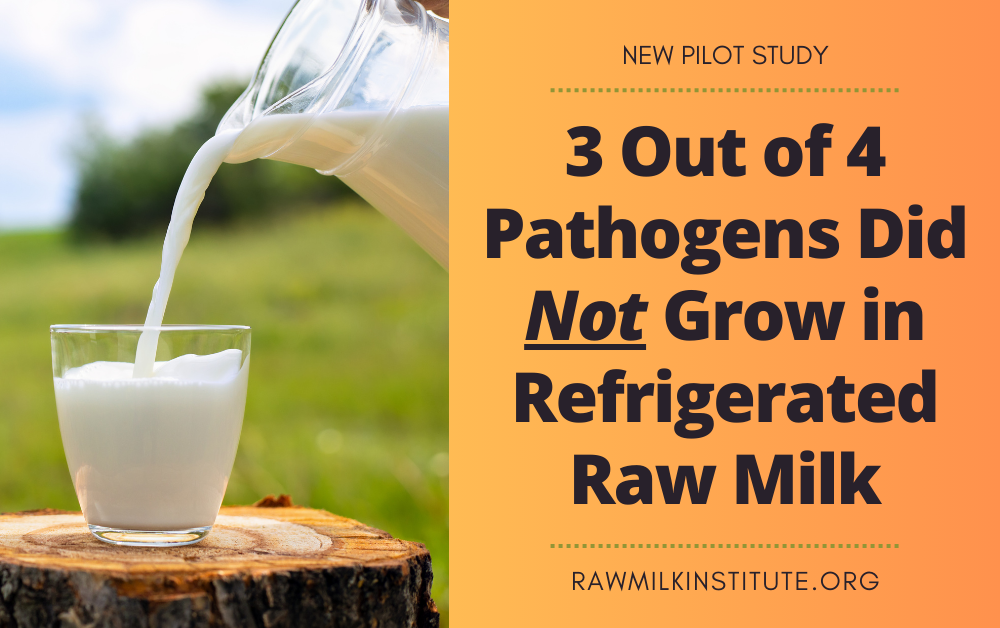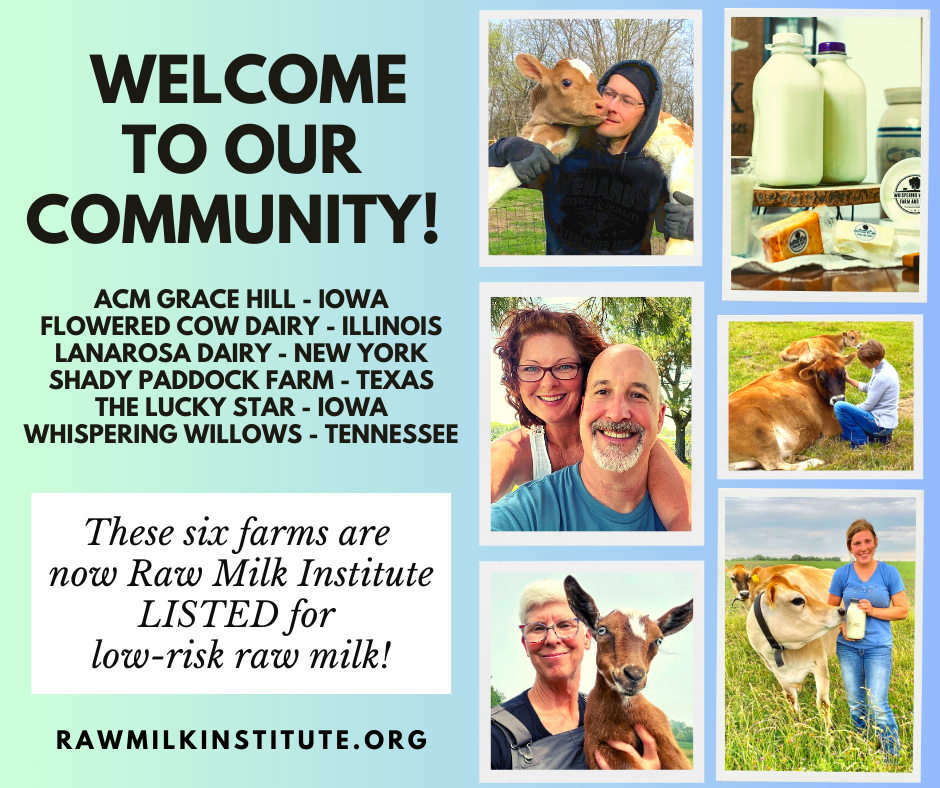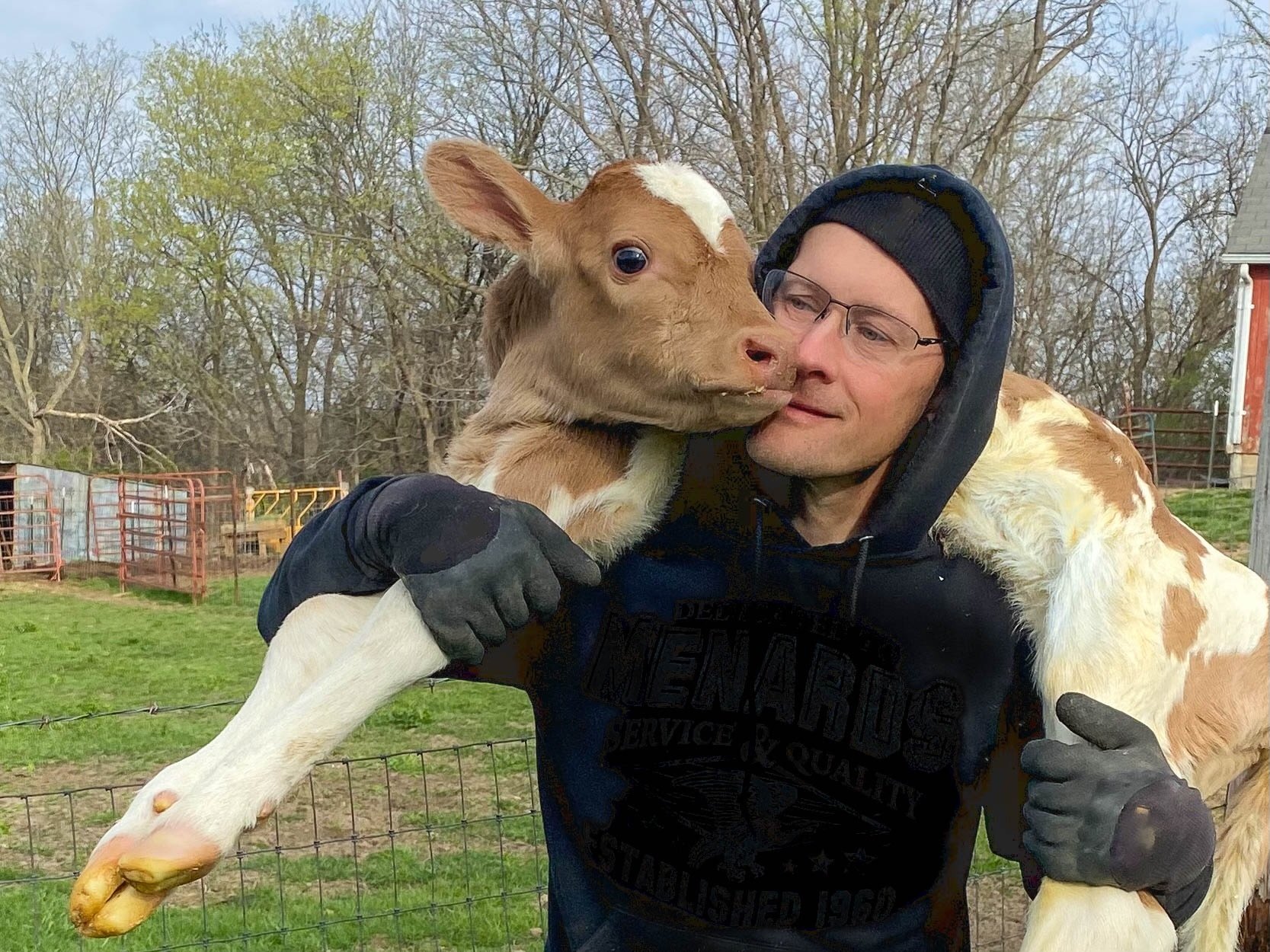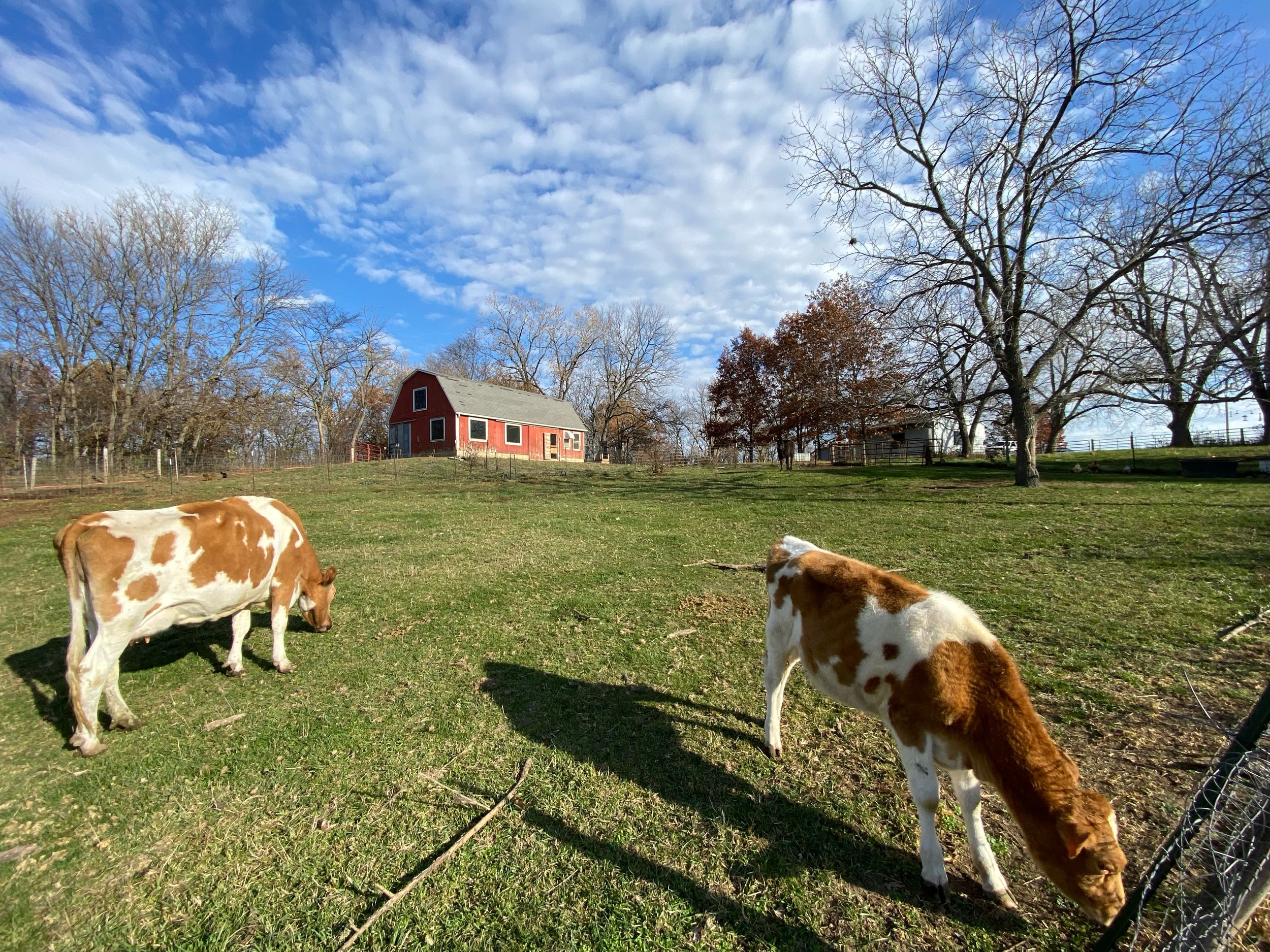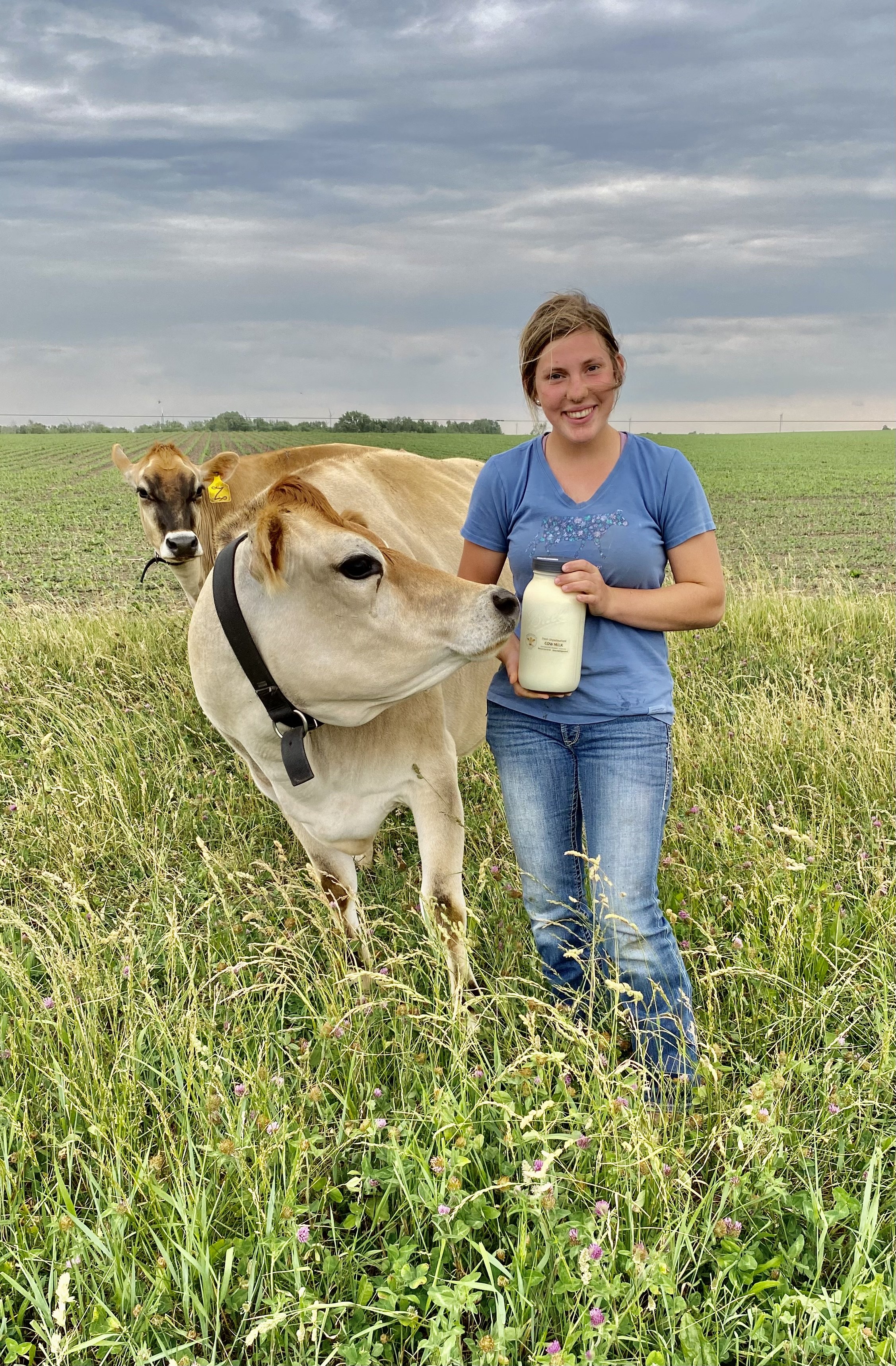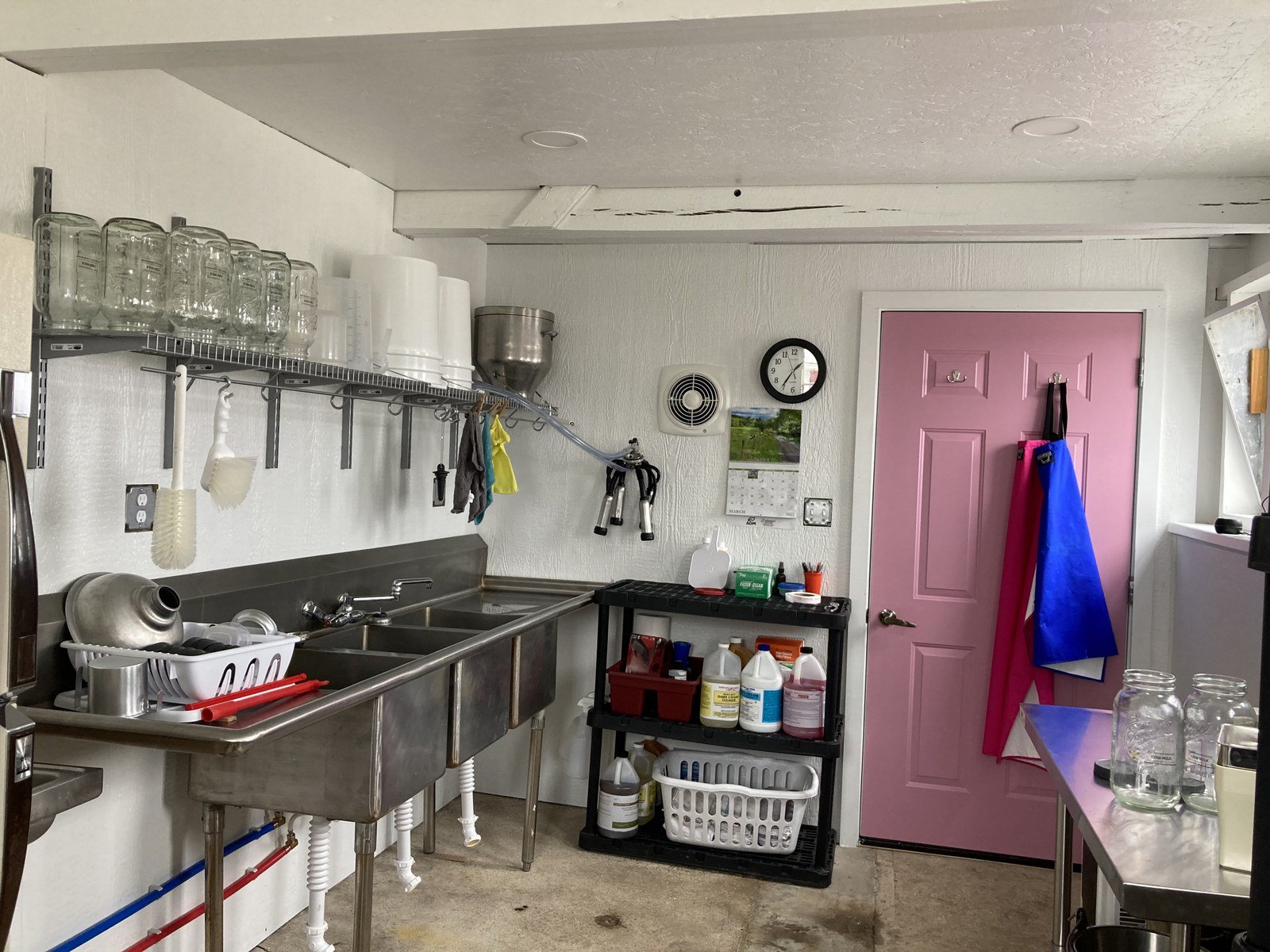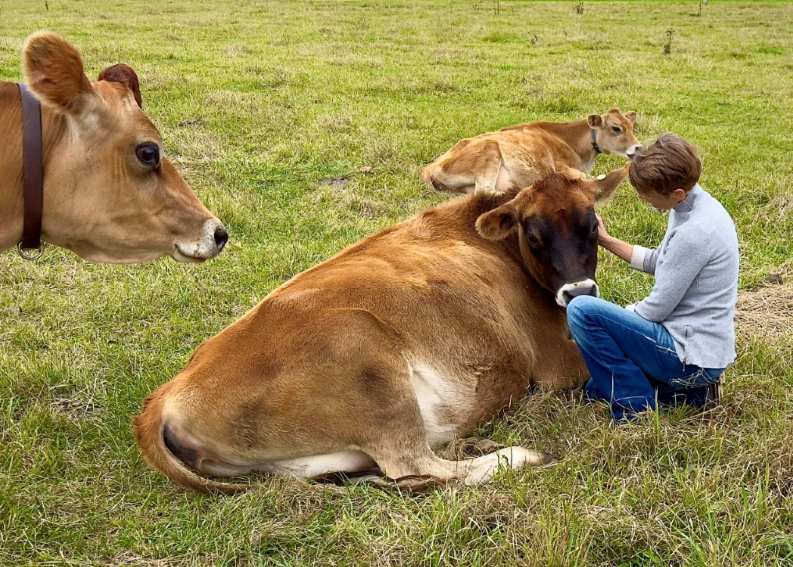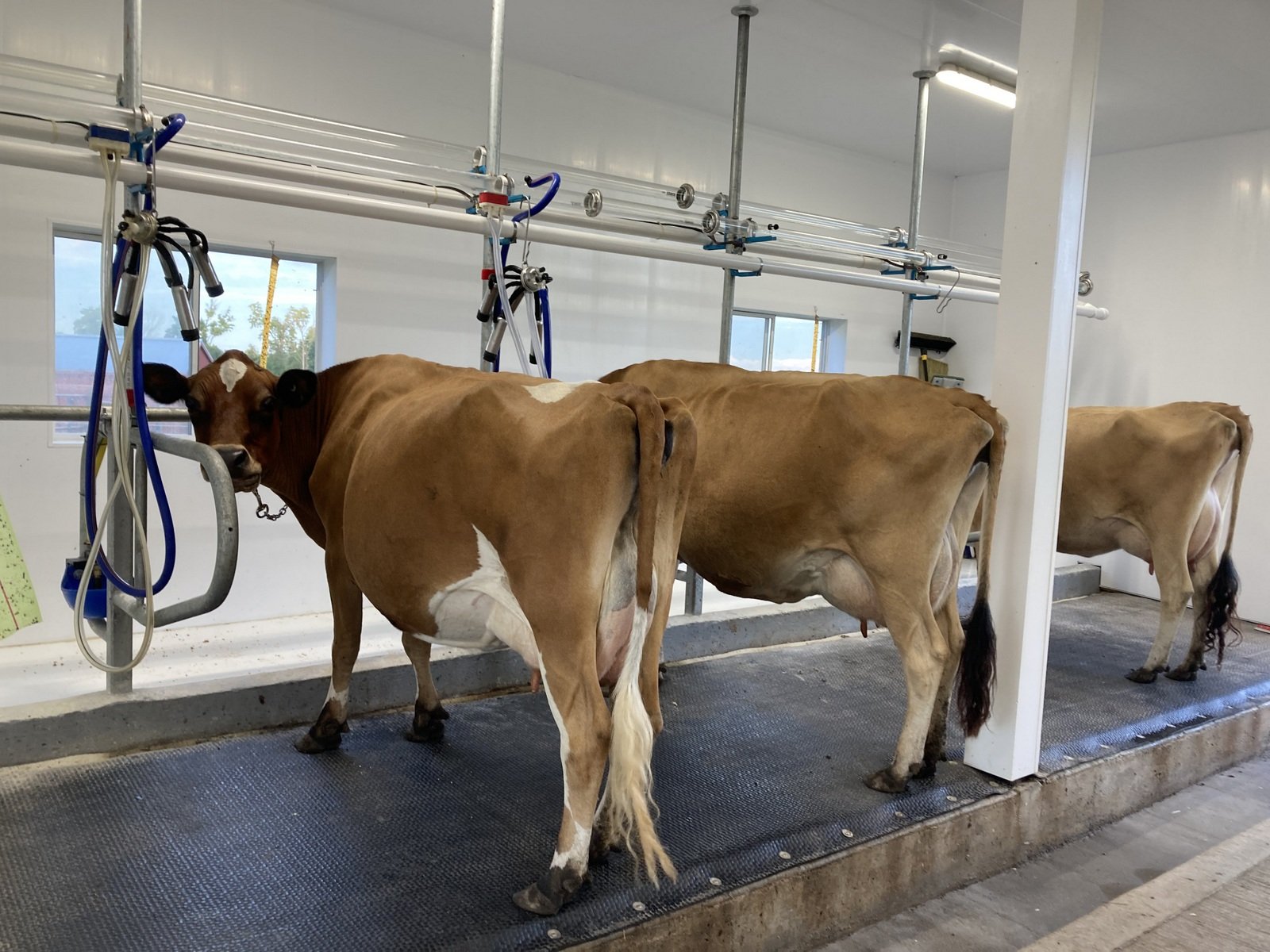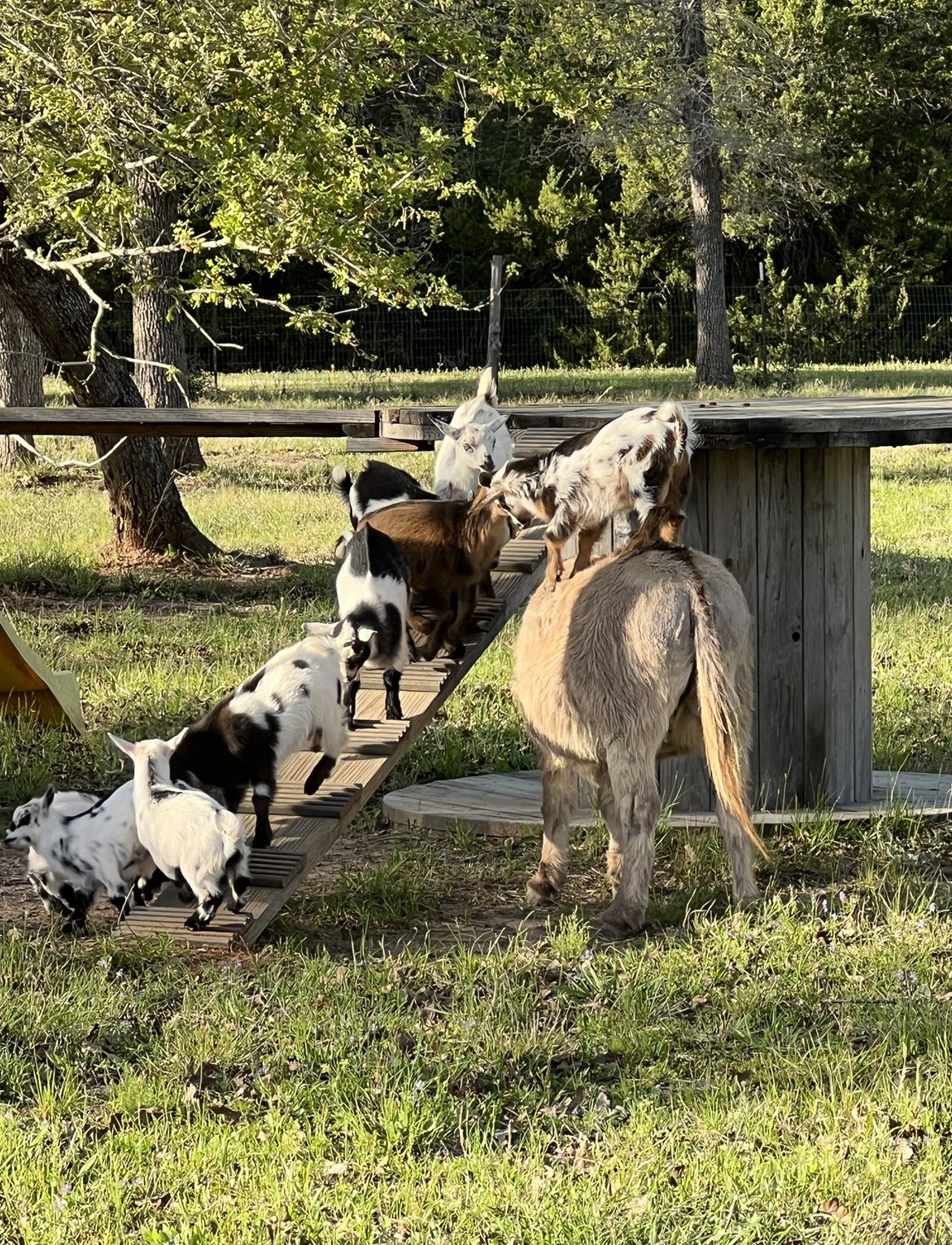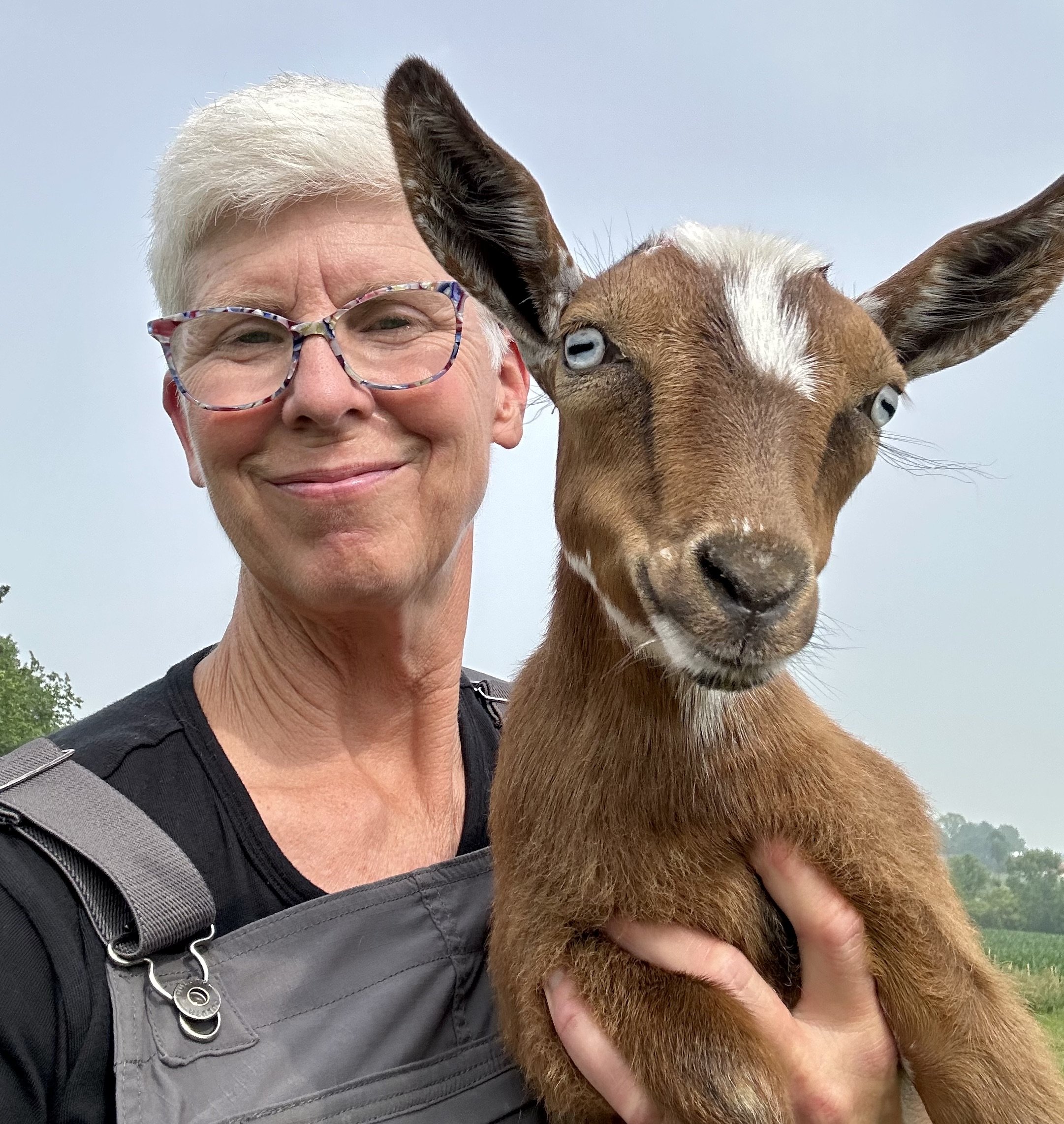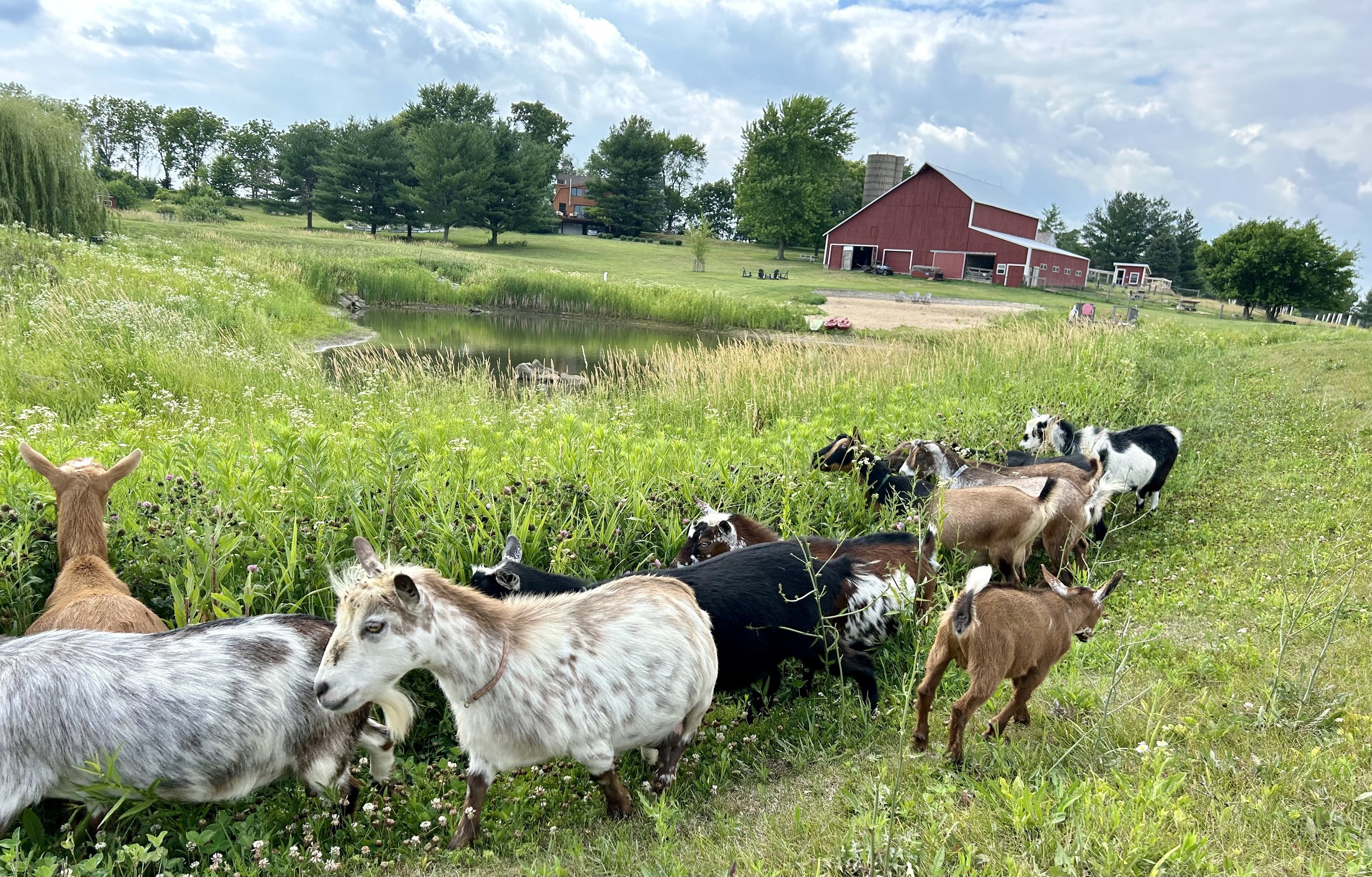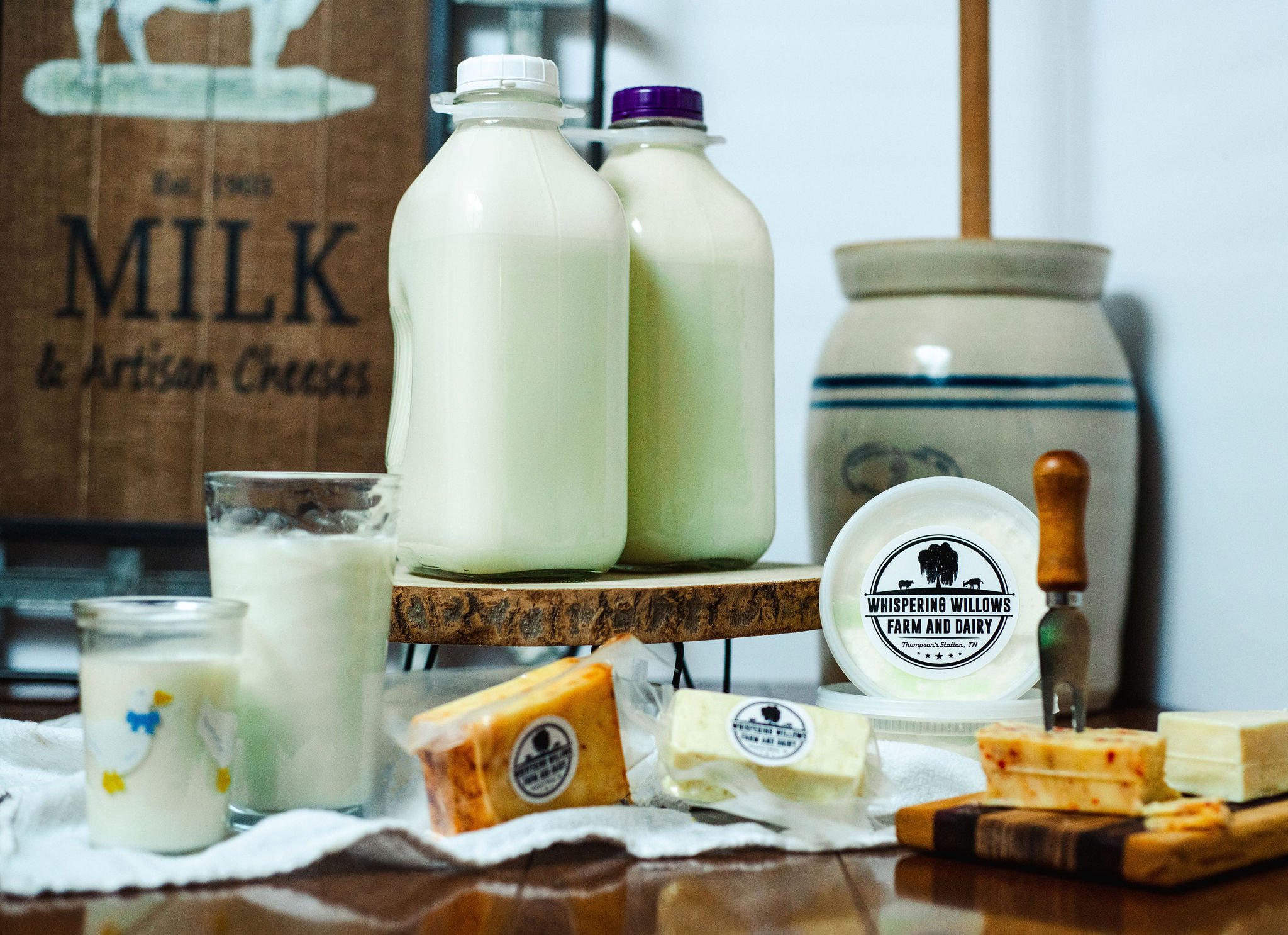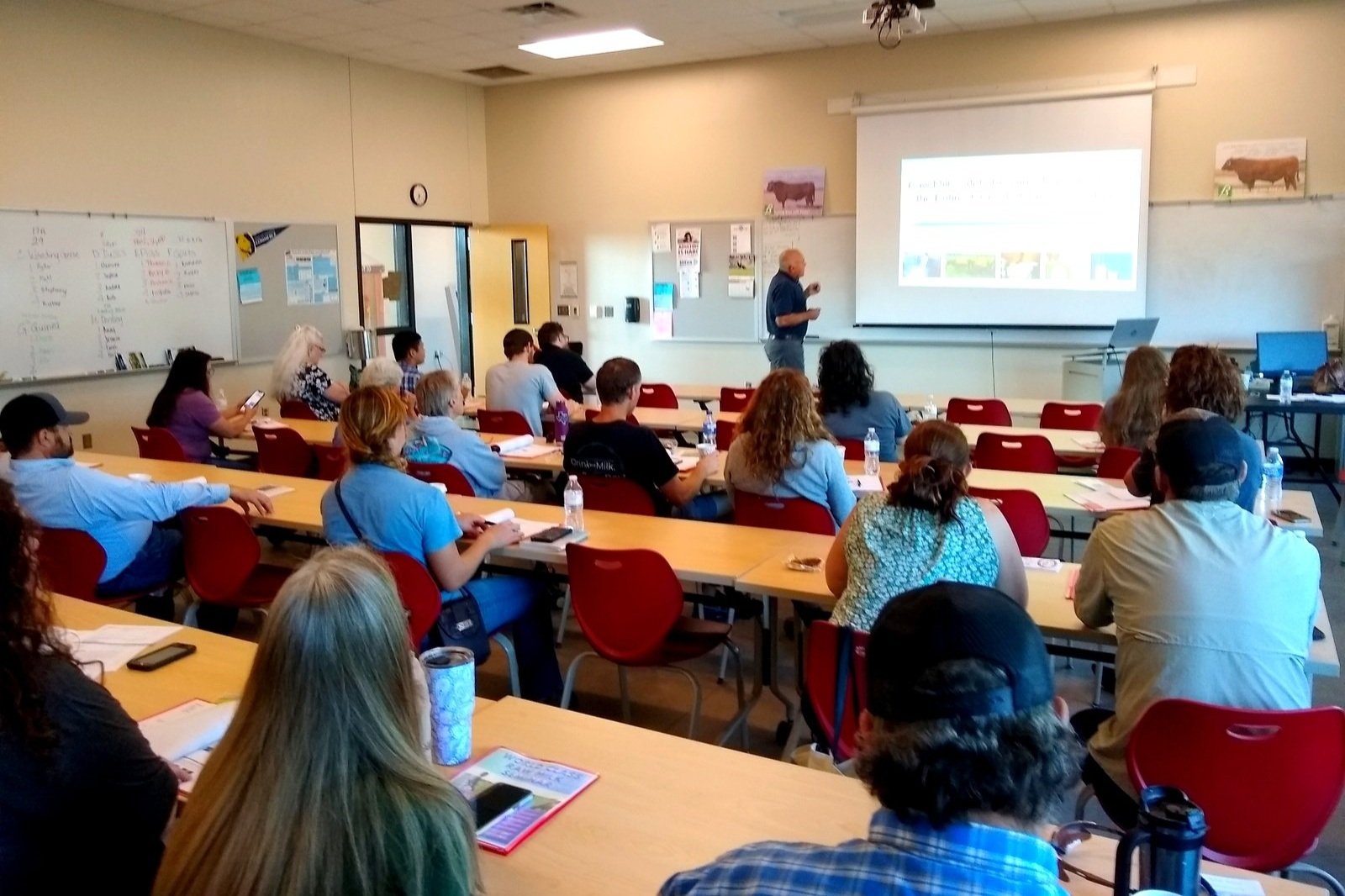Modern Lifestyles and Allergies
Although allergies were rare prior to the 1800’s [1], they are a common affliction in our modern lifestyles. As people have moved further from their agricultural roots, allergies have become more prevalent. Several studies have found that exposure to diverse bacteria and potential allergens in the environment makes a big difference in preventing the development of allergies.
For instance, in a study looking at allergies and asthma in northern Europe, allergy prevalence was much higher in Finnish people as compared to Russians, even though they lived in geoclimatically similar areas [2]. 27% of Finnish school children demonstrated allergic sensitization to pollen, as compared to only 2% of their Russian counterparts. In unraveling the causes for this disparity, the study found a striking result: “the epidemic of allergy and asthma results from reduced exposure to natural environments with rich microbiota, changed diet and sedentary lifestyle.” Basically, exposure to environments with high bacterial and microbial diversity is associated with lower rates of asthma and allergies.
North Karelia in Finland and Pitkäranta region in the Republic of Karelia in Russia. The dashed lines are Finnish borders before 1944. Haahtela, et al, 2015.
Several other studies have found similar results, and have concluded that living in a farm environment provides protection from asthma and allergies. Contact with farm animals was found to be associated with lower rates of allergies [3], as was “exposure to stables and farm milk” [4]. Although several studies identified that consumption of raw milk (aka “farm milk”) was an integral part of the farm environment, it was argued that allergy protection was from the farm environment and not from raw milk consumption. However, further research has revealed that raw milk is indeed a key factor in protecting against allergies and asthma.
Children Who Drink Raw Milk Have Less Allergies
Several large epidemiological studies of European children have found correlations between raw milk consumption and decreased rates of allergies.
PARSIFAL Study
The PARSIFAL study was designed to look at allergy risk factors in children. This large study of over 14,800 European children (from Austria, Germany, the Netherlands, Sweden, and Switzerland) investigated allergic diseases in relation to children’s exposure to different environments (farms, rural, suburban) and farm-fresh foods (such as raw dairy products, eggs, and vegetables). The PARSIFAL data relating to allergies and raw milk were published in December 2006 in the Journal of Clinical and Experimental Allergy [5].
The PARSIFAL study concluded that there is a “significant inverse association between farm [raw] milk consumption and childhood asthma, rhinoconjunctivitis, sensitization to pollen, a mix of food allergens, and horse dander." The study found that, regardless of which environment the children lived in, those children who drank raw milk had significantly lower rates of allergies and asthma than children who did not drink raw milk. These effects were “most pronounced in children drinking farm milk since their first year of life.”
GABRIELA Study
The GABRIELA study was designed to investigate the genetic and environmental causes of asthma and allergies. This study included over 8,000 European children (from Germany, Austria, and Switzerland), and was published in the Journal of Allergy and Clinical Immunology in August 2011 [6]. In this study, raw milk consumption was compared to consumption of boiled/pasteurized milk, and the level of exposure to raw milk in utero through school age was also accounted for. The study also looked into the children’s exposure to farm environments as a possible variable related to rates of asthma and allergies.
The GABRIELA study found that raw milk consumption is associated with significantly lower rates of allergies and asthma, and that this beneficial effect is independent of other farm exposures. It was found that early exposure to raw milk (at <1 year of age) and daily consumption of raw milk increased the beneficial effect in children who drank a mixture of raw milk and pasteurized milk. The consumption of only pasteurized milk “was not associated with any health outcome.”
It’s Not the “Farm Effect,” It’s the Raw Milk!
The above-referenced studies specifically analyzed the effects of living environments, and found that the beneficial effects of raw milk on allergies and asthma were indeed present even in children who did not live on farms. Furthermore, a recent meta-analysis of eight health studies related to raw milk was published in the November 2019 issue of the Journal of Allergy and Clinical Immunology [7]. A meta-analysis is a quantitative statistical analysis which combines the results of multiple scientific studies, thereby allowing the researchers to derive overall conclusions about that body of research.
The recent meta-analysis, written by a team of researchers from the Netherlands and Germany, concluded that when taken as a whole, the body of data from the previous studies shows that raw milk consumption in childhood has a protective effect on allergies and asthma “independent of other farm exposures and that children not living on a farm can theoretically profit from this effect.”
Why Does Raw Milk Protect Against Allergies and Asthma?
Although it was originally postulated that raw milk’s bacterial content was responsible for its allergy-protective effects, research has not found this to be the case. For instance, the GABRIELA study found that, “Contrary to our expectations, we did not observe an association between total viable bacterial counts in milk and investigated health outcomes” [6].
More recent research has investigated whether the whey proteins in raw milk could be responsible for the beneficial effect on allergies. A study published in the June 2020 Food and Function Journal “aimed at achieving a better understanding of the underlying mechanism between heat damage to whey proteins and allergy development” [8]. In this study, “raw cow’s milk was heated for 30 min at 50, 60, 65, 70, 75, or 80 °C [122, 140, 149, 158, 167, or 176 °F]… The allergy-protective effect of differently heated milk samples were tested in a murine OVA-induced food allergy model.”
Heat treatment at 65 °C or higher destroyed allergy-protective capacity of raw milk in murine OVA-induced food allergy model. Abbring, Xiong, et al, 2020.
This study found that allergy protection ceases when raw milk is heated to 149 °F, which is the same temperature at which the whey proteins are denatured. It was concluded that the whey protein in raw milk provides protection from allergies, asthma, and inflammation. When heated above 149 °F, these properties are dramatically reduced or eliminated. This finding is an important confirmation of the unique beneficial properties of whole, unprocessed raw milk.
Low-Risk Raw Milk as a Therapeutic Tool Against Allergies
The research is clear that raw milk consumption is correlated with protection from allergies and asthma. Although a living environment that is rich in bacterial diversity is helpful, it has been demonstrated that the allergy-protective benefits of raw milk are present in both rural and urban environments. The immunologically active whey proteins are likely the cause of this protective effect. There is a growing body of evidence that raw milk is a low-risk food when it is produced carefully and intentionally [9, 10]. Thus, low-risk raw milk can be a powerful therapeutic tool for allergy and asthma protection.
References
[1] Hay Fever and Paroxysmal Sneezing: Their Etiology and Treatment. 1887. Mackenzie M. https://archive.org/details/b20406757/page/n7/mode/2up
[2] Hunt for the origin of allergy – comparing the Finnish and Russian Karelia. Clinical and Experimental Allergy. 2015; (45) 891– 901. Haahtela T, Laatikainen T, Alenius H, Auvinen P, Fyhrquist N, Hanski I, von Hertzen L, Jousilahti P, Kosunen T U, Markelova O, Mäkelä M J, Pantelejev V, Uhanov M, Zilber E, Vartiainen E. https://onlinelibrary.wiley.com/doi/full/10.1111/cea.12527
[3] Farming exposure in childhood, exposure to markers of infections and the development of atopy in rural subjects. Clinical and Experimental Allergy : Journal of the British Society for Allergy and Clinical Immunology vol. 34,8 (2004): 1178-83. Radon K, Windstetter D, Eckart J, Dressel H, Leitritz L, Reichert J, Schmid M, Praml G, Schosser M, von Mutius E, Nowak D. https://pubmed.ncbi.nlm.nih.gov/15298556/
[4] Exposure to farming in early life and development of asthma and allergy: a cross-sectional survey. Lancet. 2001;358(9288):1129-1133. Riedler J, Braun-Fahrländer C, Eder W, Schreuer M, Waser M, Maisch S, Carr D, Schierl R, Nowak D, von Mutius E; ALEX Study Team. https://pubmed.ncbi.nlm.nih.gov/11597666/
[5] Inverse association of farm milk consumption with asthma and allergy in rural and suburban populations across Europe. Clinical and Experimental Allergy. 2007; 37(5):661-70. Waser M, Michels KB, Bieli C, Flöistrup H, Pershagen G, von Mutius E, Ege M, Riedler J, Schram-Bijkerk D, Brunekreef B, van Hage M, Lauener R, Braun-Fahrländer C; PARSIFAL study team. https://www.ncbi.nlm.nih.gov/pubmed/17456213
[6] The protective effect of farm milk consumption on childhood asthma and atopy: The GABRIELA study. Journal of Allergy and Clinical Immunology. 2011; 128 (4): 766-73. Loss G, Apprich S, Waser M, Kneifel W, Genuneit J, Büchele G, Weber J, Sozanska B, Danielewicz H, Horak E, Joost van Neerven RJ, Heederik D, Lorenzen PC, von Mutius E, Braun-Fahrländer C; GABRIELA study group. https://www.jacionline.org/article/S0091-6749(11)01234-6/fulltext
[7] The Beneficial Effect of Farm Milk Consumption on Asthma, Allergies, and Infections: From Meta-Analysis of Evidence to Clinical Trial. Journal of Allergy and Clinical Immunology: In Practcice, 2019. 8 (3): 878-889. Brick T, Hettinga K, Kirchner B, Pfaffl MW, Ege MJ. https://www.ncbi.nlm.nih.gov/pubmed/31770653
[8] Loss of allergy-protective capacity of raw cow's milk after heat treatment coincides with loss of immunologically active whey proteins. Food and Function. 2020 Jun 24;11(6):4982-4993. Abbring S, Xiong L, Diks MAP, Baars T, Garssen J, Hettinga K, van Esch BCAM. https://pubmed.ncbi.nlm.nih.gov/32515464/
[9] Recent Trends in Unpasteurized Fluid Milk Outbreaks, Legalization, and Consumption in the United States. PLOS Currents. 2018; 10. Whitehead J, Lake B. https://www.ncbi.nlm.nih.gov/pmc/articles/PMC6140832/#ref27
[10] Raw milk producers with high levels of hygiene and safety. Epidemiology and Infection, 2020; 148, e14, 1-7. Berge AC, Baars T. https://www.ncbi.nlm.nih.gov/pubmed/32000877


